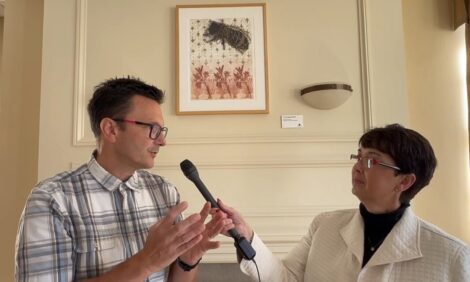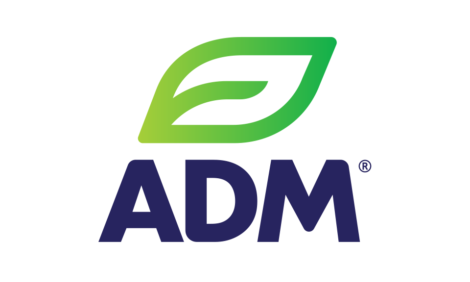



Agricultural Incomes - Not as Bright as They First Appear
ANALYSIS - The figures released by Eurostat this week on farm workers incomes and farm production in the EU on the surface appear to make happy reading, writes TheCattleSite Editor in Chief, Chris HarrisFarm workers are largely earning more and both crop and livestock production is up, the Eurostat estimates say.
However, the picture might not be as rosy as it appears.
For while agricultural producer prices rose by 7.5 per cent with crop production up by 5.4 per cent and livestock production up by 6.7 per cent in value and 1.1 per cent in volume, the cost of production is expected to rise by 9.7 per cent.
The reasons for this steep rise in input costs is down to an increase in feed costs of 16.8 per cent, fertilisers and improvers by 14.6 per cent, energy and fuels by 11.8 per cent.
The rise in input costs is only kept down because the costs of seeds and planting stocks which rose by 4.3 per cent and maintenance of building which rose by 3.8 per cent were below the average.
Feed fertilisers and energy are expected to keep on rising and this is going to put an increasingly heavy strain on production costs.
If the costs of labour, which on average rose by 6.7 per cent, are then added to these costs, the cost of production is going to go up even more and more sharply.
This in turn can only lead to one thing, higher food inflation and a rise in prices for meat and cereals in the EU.
The rise in farm worker incomes is also patchy and not even across the EU.
Some of the largest rises can be found in the new member states - Romania, Hungary, Slovakia, Poland, Estonia and Latvia - where rises of more than 40 per cent are seen in some cases.
This is because the farm incomes are starting from a low base and are rising rapidly to match incomes in the older member states.
However, Germany with a 14.7 per cent increase in incomes, Denmark with 20.2 per cent and Austria with 12.2 per cent, are leading the way for the countries not only with a developed agricultural sector but also with a reasonably stable economy.
How some of the countries will sustain large rises in incomes with production prices rising more slowly than production costs is going to be one of the great challenges for the agricultural sector in Europe in 2012.
This challenge is going to be made even more acute by what happens to the Euro zone economies and the survival or otherwise of the Euro itself.
How sustainable the Irish agricultural sector will find its 30.1 per cent rise in agricultural wages has yet to be seen, particularly as the country is entering into a period of severe belt-tightening with large rises in taxes and cuts in expenditure.
While the Irish rise in wages brought the average wage back over 2005 levels, Italy, which faces similar challenges, saw an agricultural wage rise of 11.4 per cent but this has still kept the farm workers well below 2005 levels.
Greece, Portugal and Spain - all countries that have been the subject of either bail-outs or deep concern over their economic survival - all saw cuts in their agricultural wages and each of them has wages that are on average below 2005 levels.
In these countries as the Euro austerity measures start to bite, the agricultural sector could be hit hardest.
France, which has agricultural wages 10 points above the 2005 levels saw cuts in wages of 2.6 per cent this year. With an election around the corner in 2012, President Sarkozy can be expected to throw out some enticing financial bones to the vociferous rural electorate along with endeavouring to gain some concessions in CAP negotiations.



